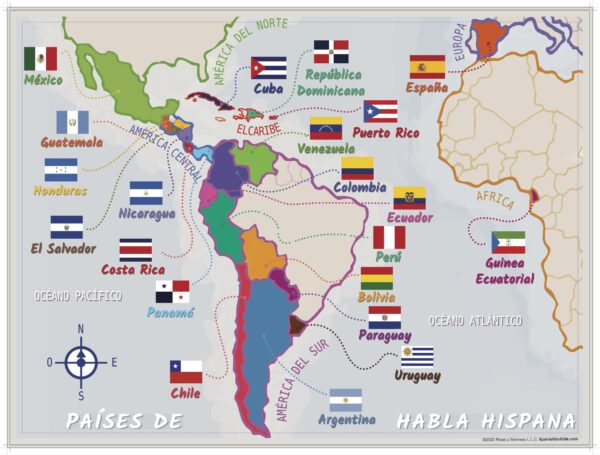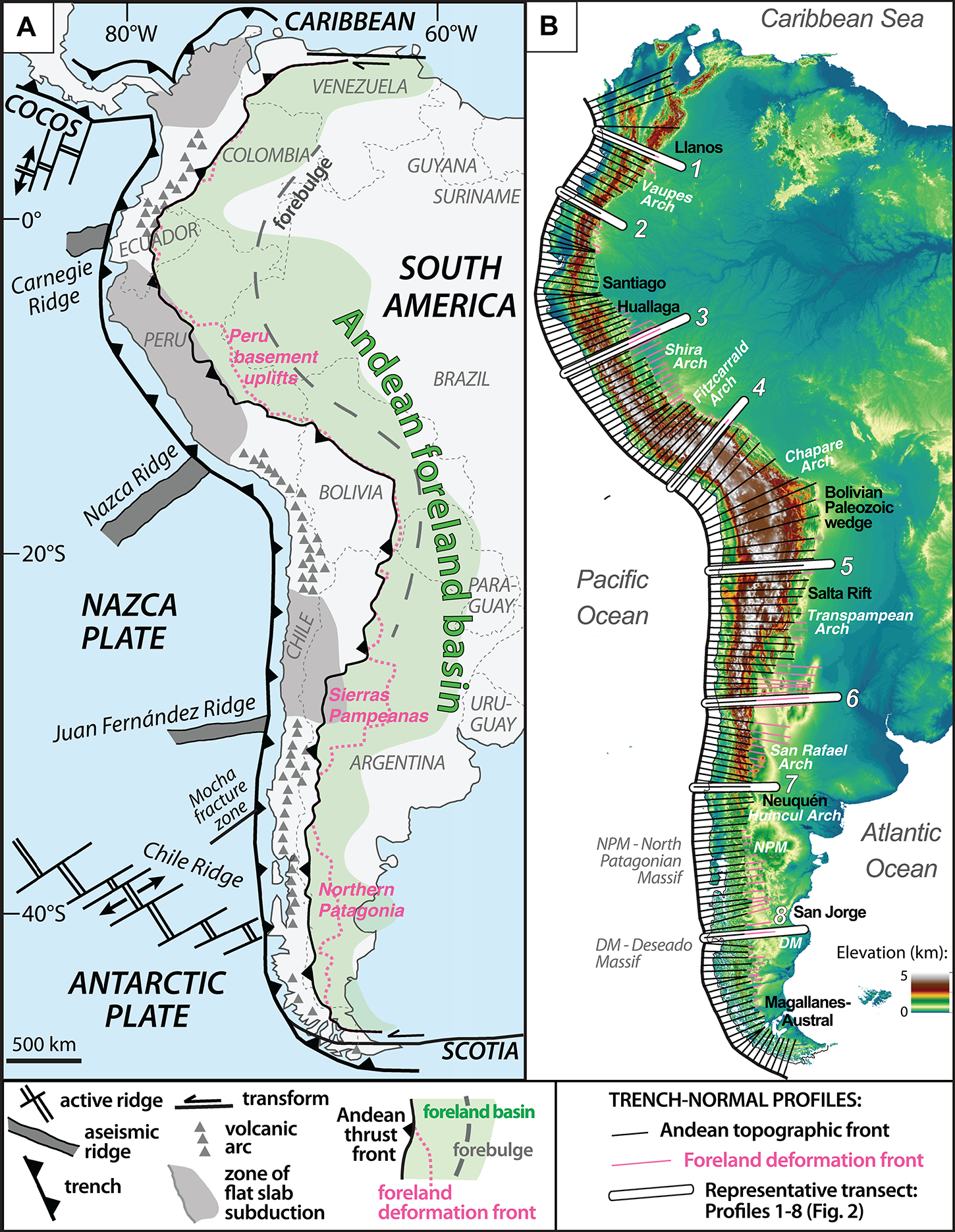


Semana 17
Español I
1. Complete the three All About Mexico Quizzes
2. Complete the Alphabet Quiz and Game
3. Complete the End of Term Test
4. Duolingo Unit 1 Due December 15
Study Abroad Project Quiz postponed until January
Español II
1. Complete the three All About Mexico Quizzes
2. Complete the Alphabet Quiz and Game
3. Complete the End of Term Test
4. Duolingo Unit 1 Due December 15
Study Abroad Project Quiz postponed until January
SER is used for identity, professions, nationalities, place of origin, religions, physical appearance, personality, relationships, time, place & date of an event, origin, possession, materials, quantity, price, with passive voice (ser + participle + por), impersonal expressions.
Examples:
Yo soy de Summerville.
Son las dos y media.
Es mi hermana.
Su pelo es largo.
Los estudiantes son inteligentes.
ESTAR is used for location, temporary mental & physical conditions, temporary traits or qualities, a temporary situation with "de", with -ando/-iendo in the progressive tenses.
Examples:
Estoy bien.
¿Estás cansado?
La escuela está en Summerville.
Estamos comiendo.* - This is a different kind of present tense. It is called the present progressive, as it is happening, "right now." You might notice how the second verb is a form of, "comer." The present indicative that we have already learned means, "eat/s."(In this case, the form would be, "comemos." It can also mean, "is/are eating," but this new form with, "estar," only means, "is/are eating," and it emphasizes that is is happening right now."
**For Spanish II, you can also have the past progressive in Spanish, e.g., We were eating, but you will NOT use the preterite form of estar to create this tense.**
See the conjugation notes at the bottom of the page to complete the practice activities.
Return to Main Assignments Page
|
|